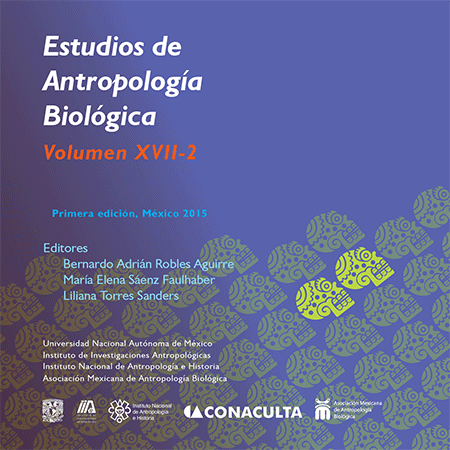Tiempo dedicado al sueño en población mexicana. Características asociadas
DOI:
https://doi.org/10.22201/iia.14055066p.2015.56848Palabras clave:
Sueño, ritmo circadiano, uso del tiempoResumen
El metabolismo humano está estrechamente relacionado con el ciclo circadiano que interviene en los procesos fisiológicos, tales como dormir y comer, los cuales son esenciales para la regulación de la conducta. Destinar diariamente el tiempo adecuado al sueño evita daños físicos, emocionales y en el entorno social, además de ser indispensable para la homeostasis del cuerpo. A partir de la información de la Encuesta Nacional del Uso del Tiempo en 2009 (enut) aplicada por el Instituto Nacional de las Mujeres (inm) y el Instituto Nacional de Estadística y Geografía (inegi) presentamos los resultados del tiempo dedicado al sueño en población mexicana, específicamente en edades de 12 años y más. La muestra está integrada por 57 918 personas: 48.5 % son hombres y 51.5 % son mujeres. La variable dependiente considerada fue el tiempo en la semana dedicada a dormir. Asimismo, se incluyen diferentes factores sociodemográficos que podrían influir en el tiempo de sueño, como son: situación conyugal, nivel de escolaridad, localidad de residencia, situación labo-ral y parentesco en el hogar. Las mujeres, jóvenes, mayores, solteros, separados, viudos, residentes en zonas rurales y de menor nivel de escolaridad duermen significativamente más tiempo respecto a los otros grupos.
Descargas
Descargas
Publicado
Cómo citar
Número
Sección
Licencia

http://creativecommons.org/licenses/by-nc-nd/4.0/

